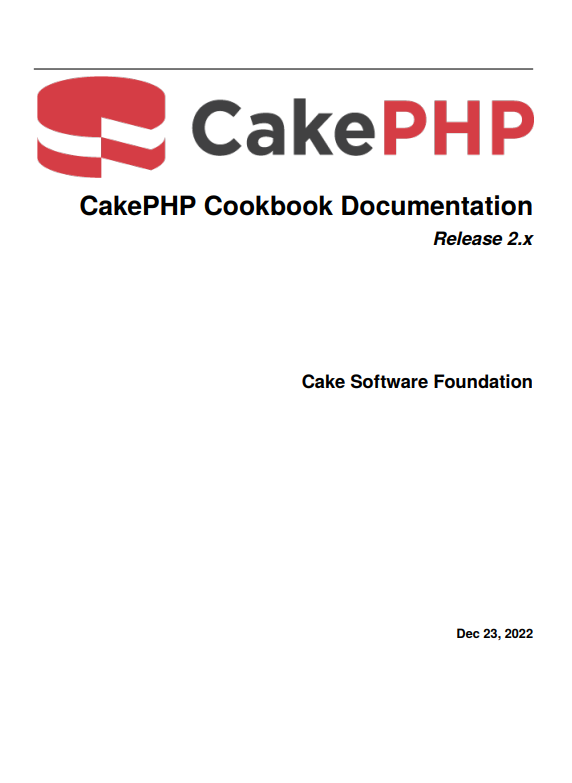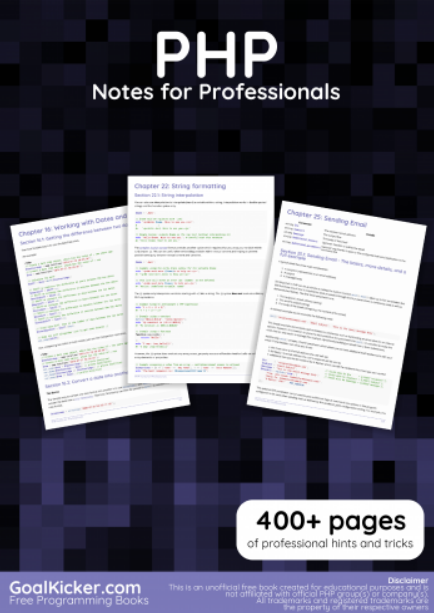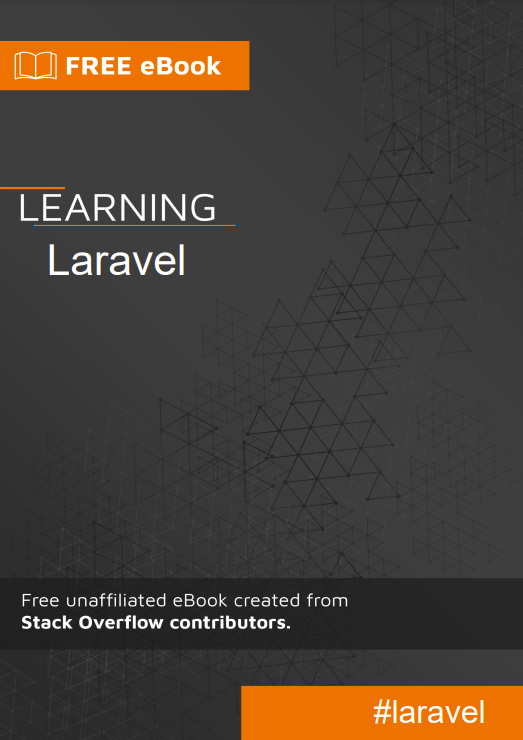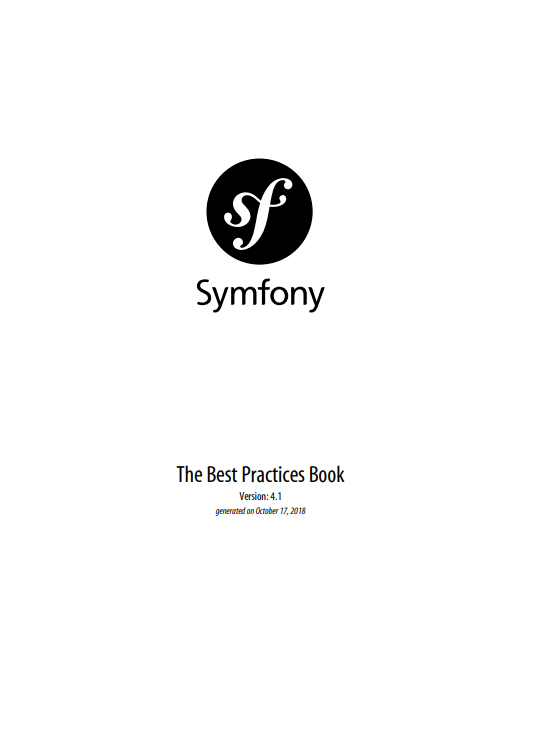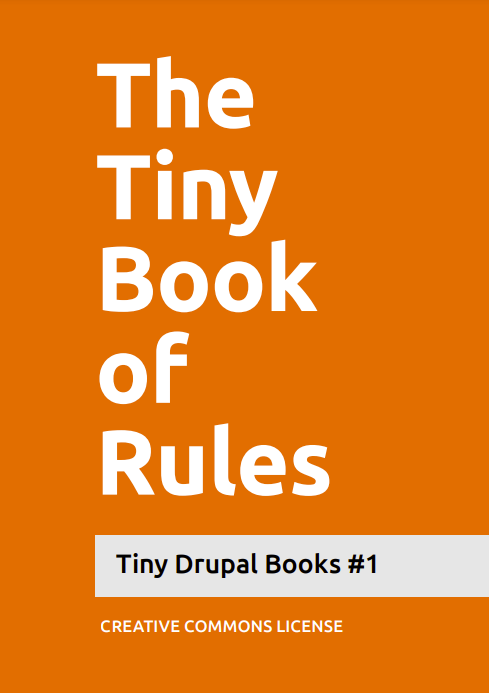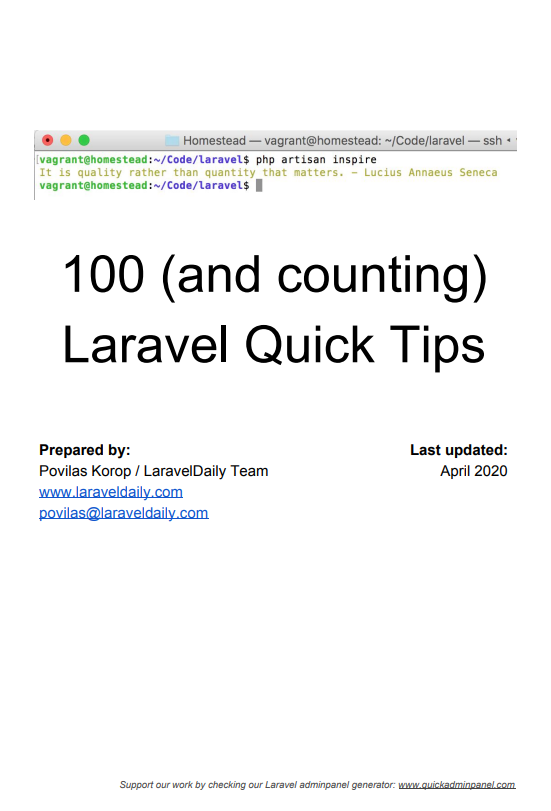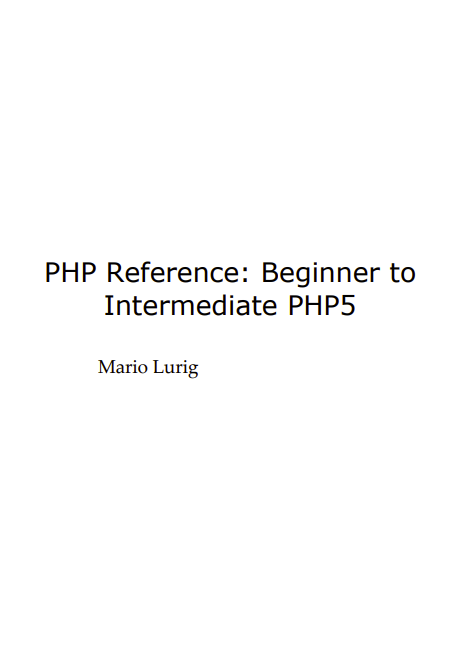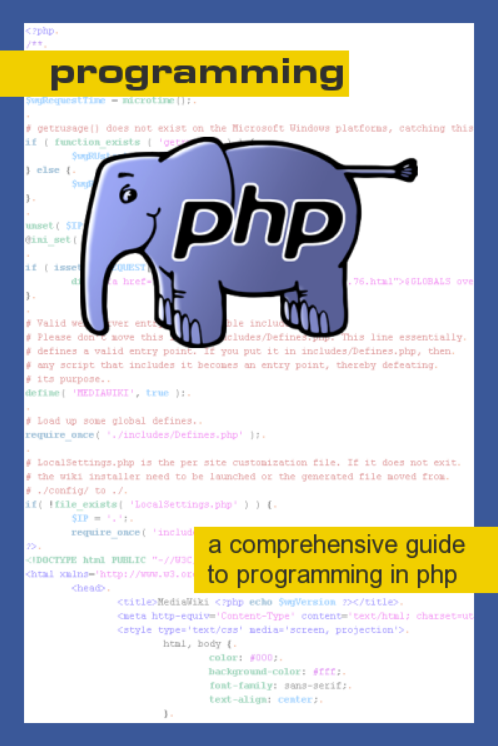The CakePHP framework provides a robust base for your application. It can handle every aspect, from the user’s initial request all the way to the final rendering of a web page. And since the framework follows the principles of MVC, it allows you to easily customize and extend most aspects of your application.
The framework also provides a basic organizational structure, from filenames to database table names, keeping your entire application consistent and logical. This concept is simple but powerful. Follow the conventions and you’ll always know exactly where things are and how they’re organized.
The best way to experience and learn CakePHP is to sit down and build something. To start off we’ll build a simple blog application.
Welcome to CakePHP. You’re probably checking out this tutorial because you want to learn more about how CakePHP works. It’s our aim to increase productivity and make coding more enjoyable: we hope you’ll see this as you dive into the code.
This tutorial will walk you through the creation of a simple blog application. We’ll be getting and installing CakePHP, creating and configuring a database, and creating enough application logic to list, add, edit, and delete blog posts. Here’s what you’ll need:
- A running web server. We’re going to assume you’re using Apache, though the instructions for using other servers should be very similar. We might have to play a little with the server configuration, but most folks can get CakePHP up and running without any configuration at all. Make sure you have PHP 5.2.8 or greater.
- A database server. We’re going to be using MySQL server in this tutorial. You’ll need to know enough about SQL in order to create a database: CakePHP will be taking the reins from there. Since we’re using MySQL, also make sure that you have pdo_mysql enabled in PHP.
- Basic PHP knowledge. The more object-oriented programming you’ve done, the better: but fear not if you’re a procedural fan.
- Finally, you’ll need a basic knowledge of the MVC programming pattern. A quick overview can be found in Understanding Model-View-Controller. Don’t worry, it’s only half a page or so.
